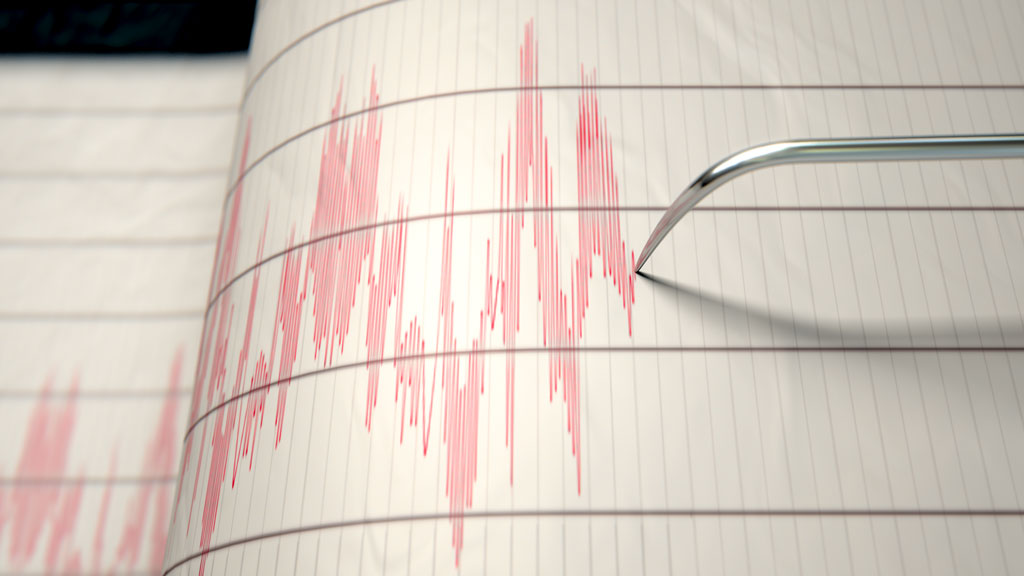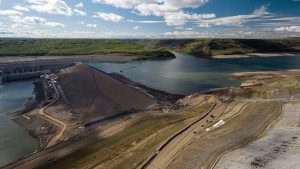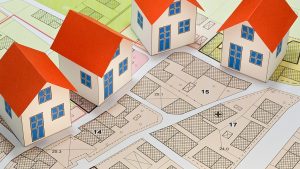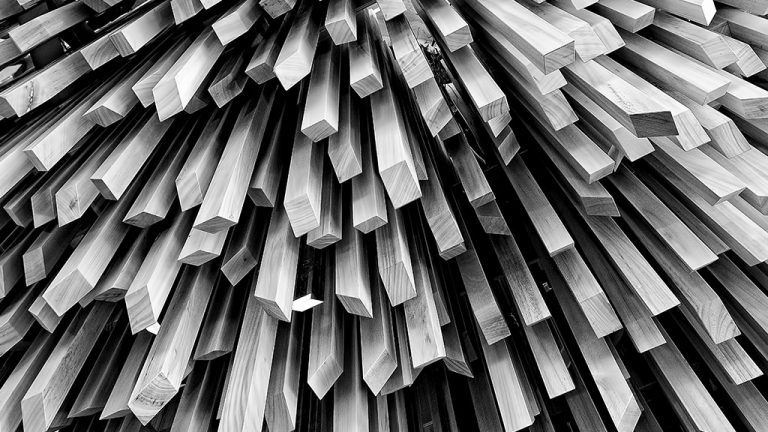Earthquakes are always in the back of people’s minds in British Columbia’s Lower Mainland.
Because they live in the most seismically active region in �°������ϲʿ������2023, British Columbians experiences thousands of minor quakes every year.
The residents of all the different regions of B.C., not just the coast, have a good chance of feeling the earth move under their feet at one time or another.
They almost certainly hope they won’t experience a repeat of Jan. 26, 1700, when a magnitude nine earthquake, similar to the massive 2011 Tohoku earthquake off the coast of Japan, shook the entire province, as well as present-day Washington, Oregon and California, and generated a massive tsunami.
To prepare themselves for what could be “the Big One,” many of the province’s residents took part in the recent Great British Columbia ShakeOut and practiced how to drop, cover and hold on in the event of a trembler.
To help publicize the ShakeOut, earthquake experts from the University of British Columbia (UBC), Engineers and Geoscientists BC (EGBC), British Columbia Institute of Technology (BCIT) and other research organizations took part in a panel discussion in Vancouver about their summer 2023 visit to several cities in Turkey that had suffered extensive damage from a magnitude 7.8 quake in February 2023.
The research group was in Turkey to analyze the impacts of the big quake, and several follow-up smaller seismic events, to find out what caused some buildings to collapse while others remained standing, and to get some understanding of the recovery and rebuilding process.
The researchers say the lessons they learned from their visit can be applied to earthquake risk and disaster management practices in B.C.
The earthquake damage made a big impression on Allison Chen, a practice adviser with EGBC, who was part of the team of researchers.
“Although I was familiar with the damage an earthquake could do to a single building, I had no idea what it could do to multiple buildings in a city until I had been to Turkey,” says Chen. “There was a range of damage, but every building was affected in some way.”
Another one of researchers says many of the buildings damaged by the earthquake turned out to be structurally sound after they had been examined.
“But the extensive non-structural and architectural damage scared people, and they didn’t want to return to reoccupy them, so the buildings would have had to be demolished,” says Bishnu Hari Pandey, a civil engineering instructor in the school of construction and environment at BCIT. “Buildings can be better protected for non-structural damage, but the building code needs to be updated and those changes need to be enforced.”
UBC professor of civil engineering Tony Yang was moderator of the panel discussion.
Yang says Canadians need to plan better for what happens after an earthquake.
Some questions to consider: Can our bridges still function? Can our electricity still run? Where are the shelters, because there will be damage, particularly to old buildings?
“Right now the Canadian building code contains only minimum safety requirements to ensure that the occupants get out of a damaged building alive, although the building will need to be demolished afterward,” says Yang.
Even if a building doesn’t sustain structural damage, it may still be unsafe to reoccupy, because of non-structural damage.
For example, after the quake a non-load-bearing wall might collapse, or glass might fall from the ceiling.
“The old standards are no longer enough,” says Yang. “In Turkey, they have better than minimal standards. For example, all hospitals must, according to the Turkish building code, be fully functional after an earthquake. We need to start thinking the same way in �°������ϲʿ������2023.”
Yang says the Canadian building code needs to take account of such new technology as base isolation.
Base isolation involves putting flexible bearings or pads made from layers of rubber and lead between the building’s foundations and the structure above. The base isolators move and stretch under pressure and absorb much of an earthquake’s impact by reducing swaying and shaking during an earthquake.
Yang says base isolation technology is being used in the seismic upgrade of the Great Hall of UBC’s Museum of Anthropology and in the renovation of the Canadian Parliament Building’s Centre Block.
Ottawa isn’t at the same risk of unsettling seismic events as Vancouver, but there have been two earthquakes of more than magnitude five in the last 25 years.











Recent Comments
comments for this post are closed